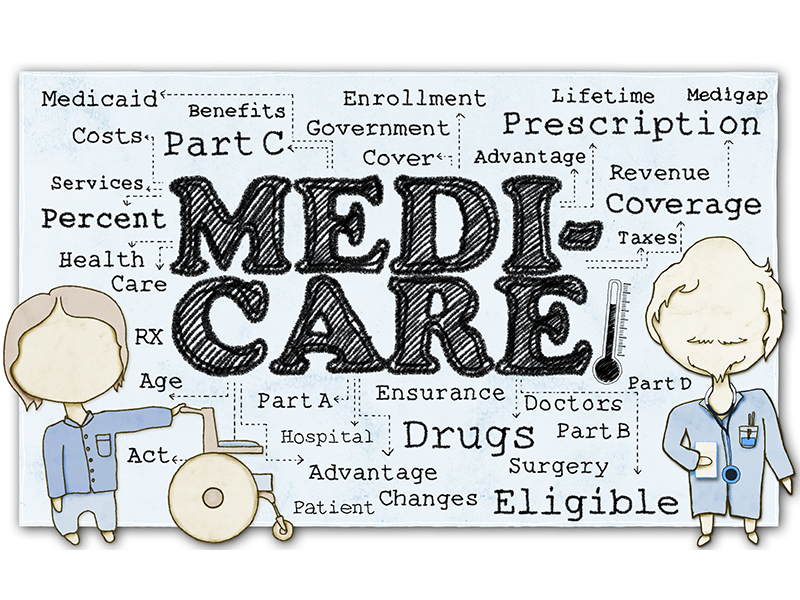By Kristy Young
As most of you know, Medicare is a federal health insurance program for those 65 or older, certain individuals with a qualifying disability, or those of any age diagnosed with End-Stage Renal Disease. Medicare helps pay for hospital stays (Part A) and doctor visits (Part B), but doesn’t cover everything. There are deductibles and co-insurance costs that are your responsibility. You may add coverage by enrolling in a private Medicare health plan.
There are two options for Medicare Health Plans. Your first option is to add coverage by enrolling in a Medicare Supplement and/or a Medicare Part D Drug Plan. Medicare Supplement plans, also known as Medigap plans, have additional monthly premiums but help cover the deductibles and co-insurance costs that Medicare doesn’t cover.
Your second option is to choose a Medicare Advantage plan (Part C.) These plans combine your Part A hospital coverage, Part B doctor visits and usually include a Part D drug plan. They offer financial protection by putting a cap on your out-of-pocket costs. Medicare Advantage plans may also offer additional benefits that are not offered by Original Medicare.
So how do you know which to choose? It is important to think about your needs.
How often do you visit your doctor? Are the medications you take covered? Do you have a particular doctor, hospital or pharmacy that you want to use? Do you have health coverage through an employer, union or military? Would you rather pay less in monthly premiums or pay less out of pocket when you receive healthcare? Do you travel often?
A licensed agent can help you compare options and choose a plan that meets your individual needs.
Your Initial Enrollment Period (IEP) is your first chance to enroll in Medicare and choose the coverage you want. This seven-month period begins three months before your 65th birthday, your birthday month and three months after. For those that qualify due to a disability, the seven-month window begins three months before your 25th month of receiving disability benefits.
It is wise to review your options annually. You can make changes to your coverage during the Medicare Annual Enrollment period from October 15 through December 7 every year. The changes you make during this time are effective on January 1.
If you’ve missed the Annual Enrollment Period, it might not be too late to make a change. There are Special Enrollment Periods for qualifying life events, such as leaving an employer plan or moving out of a plan service area. A complete list of these qualifying events can be found on Medicare.gov or by contacting a licensed agent.




